Printing Terminology: What is a Printer’s House Sheet?
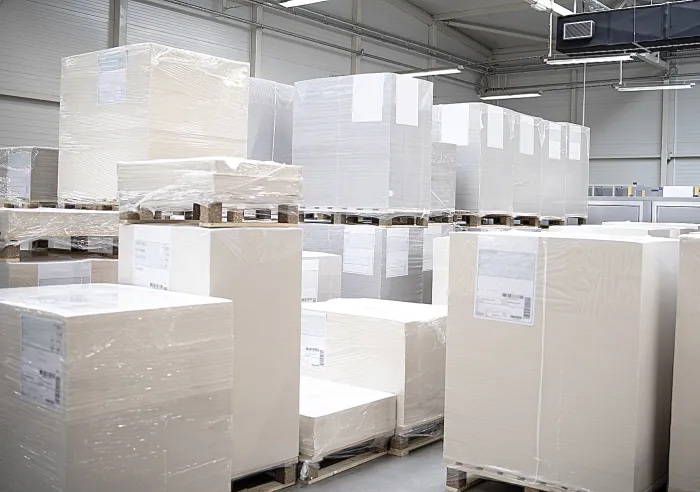
estimated reading time: 4 minutes
What does a "House Sheet" mean in regard to Printing?
A House Sheet is the generic term for any of the various paper
types a printing company regularly keeps in inventory. Also known as "House
Stocks" or "Floor Sheets", most house sheets are frequently-used paper stocks that
suit a variety of print projects.
A printing company chooses its house sheets based on several
important criteria, such as quality, reliability, and cost-effectiveness. Printers
also select the house sheets that will best align with the product mix they
offer.
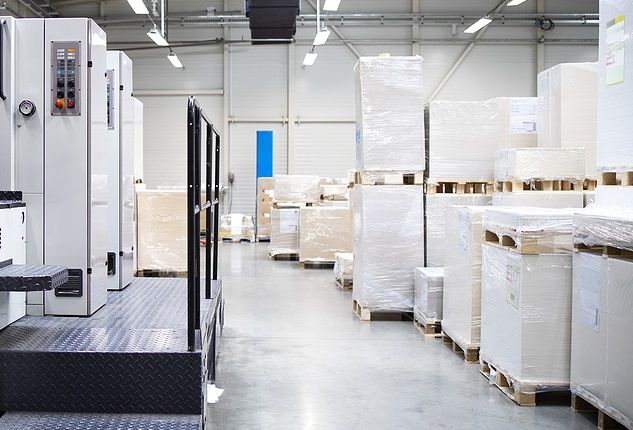
For example, if books make up a high percentage of customer orders, many of the house sheets will likely be text and cover weight papers.
Likewise, if a printing company specializes in postcards or business cards, then cardstocks will make up a good percentage of its house sheets.
House Sheets are often chosen for their Versatility
Because house sheets can fill a broad range of needs, customers do not have to select specific brands of paper whenever they place an order.
This doesn't mean customers can't request preferred brands or special orders, as many commercial printers offer a variety of paper options beyond their house sheets.
However, if no special paper type is
required to produce the job, or a specific brand of paper isn't requested by the customer, house
sheets will provide a reliable and cost-efficient paper option.
Why do Printing Companies use House Sheets?
Cost Savings
House Sheets help add some standardization to a printing
company's paper inventory. Instead of maintaining a supply of every kind of paper
that might be needed to fill orders, the main paper inventory can be limited to
the most frequently used papers.
Papers that have infrequent demand are rarely brought in as inventory.
Rather, these stocks are ordered as needed on a project-by-project basis.
In addition, most printing companies order their house sheet
papers in bulk to take advantage of any volume discounts offered by their paper
source. These savings can then be passed on to customers, thus making their
print projects more affordable.
Streamlined Production
Keeping a supply of house sheets on the floor at all times
helps a printing company streamline its production process. Having the paper
readily available means the actual printing can commence sooner, resulting in
shorter lead times for customers.
Another way house sheets help streamline the workflow results
from the press operators' familiarity with the paper. Because house sheets are
used so frequently, the operators know exactly how the paper will behave with
their equipment and how it will respond to different inks and finishes.
Hence, they can quickly calibrate the press for optimal performance,
which minimizes set-up delays and leads to faster turnaround times for print jobs.

Quality Consistency
Through the use of house sheets, commercial printers are
able to establish a uniform and predictable quality standard. As such, house
sheets help maintain a consistent look and feel across various print jobs.
Since house sheets are typically quality papers chosen for
their reliability, they help to prevent issues like smudging, wrinkling, or
inconsistent ink absorption that could negatively affect the print quality.
Furthermore, using a house sheet allows a printing company to
more easily match the ink colors and overall appearance across reorders, helping
to ensure customers receive consistent quality for their ongoing projects.
In short, house sheets offer a nice balance of reliability
and value for most everyday printing needs.
Paper types most commonly used as House Sheets…
Text Weight Papers
The term Text Weight refers to paper stocks that are thin
and pliable. These sheets are popular for flyers, brochures, newsletters and
notepads, as well as the pages of books, magazines, catalogs and wall
calendars.
The text weight stocks most widely used for house sheets
include 50#, 60#, and 70# Offset as well as 80# and 100# gloss, matte, and
uncoated Text.
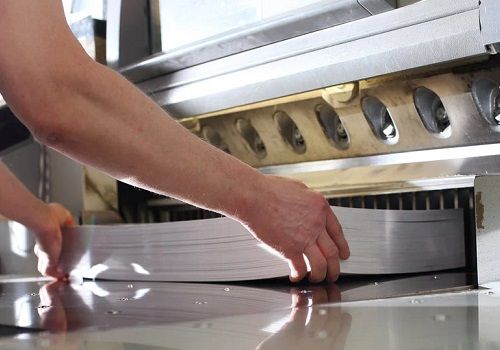
Cover Weight Papers and Cardstocks
The terms Cover Weight and Cardstock refer to paper stocks
that are thick and stiff. These sheets are popular for the covers of softcover
books, postcards, bookmarks, rack cards, hang tags, flash cards, and business
cards.
The cover weight papers most widely used for house sheets include
80# and 100# gloss, matte, and uncoated Cover. The most prevalent house Cardstocks
are 8pt, 10pt, 12pt and 14pt.
Let Color Vision help with your next Print Project!
As a full-service printer, Color Vision maintains an
inventory of House Sheets in various weights and sheen levels. In addition to
the standard paper choices, we can also order in any brand or specialty paper
you may require for your project.
It's no secret that the success of a printing project
largely depends on the choice of paper, so Color Vision is always happy to
help you select the right paper for your specific needs.
Just give us a call at 800-543-6299 to discuss
your print project. Or, use our Quote Request form to send us your
project's specifications and we will happy to email a quote to you.
As always, we look forward to assisting with all your printing, binding, and finishing needs!
Related Article:
Related Articles
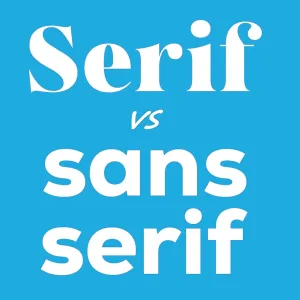
Serif vs Sans Serif Fonts: Which to use for a Print Project?
Read This Article

Raster vs Vector Images: The Key Differences Explained
Read This Article
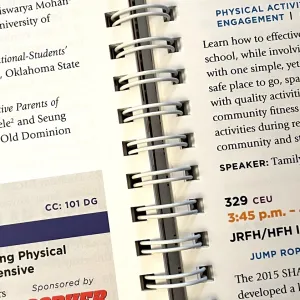
Custom Book Printing: What is Wire-O Binding?
Read This Article
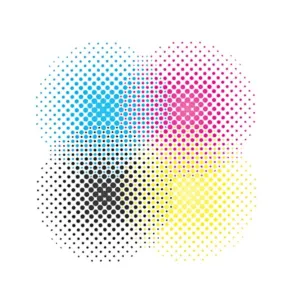
Commercial Printing: What does “Halftone” mean?
Read This Article